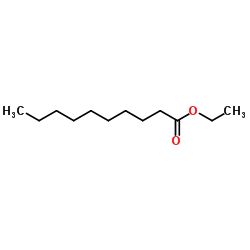Vehicle effects on in vitro percutaneous absorption through rat and human skin.
J Hilton, B H Woollen, R C Scott, T R Auton, K L Trebilcock, M F Wilks
文献索引:Pharm. Res. 11(10) , 1396-400, (1994)
全文:HTML全文
摘要
We studied the effects of three vehicles (propylene glycol, octanol and ethyl decanoate) with differing polarity on the in vitro percutaneous absorption of three chemicals (fluazifop-butyl, dimethyl phthalate and fomesafen sodium salt) with a range of physico-chemical properties. Absorption rate measurements were made from high vehicle volume (200 microliters/cm2) and low vehicle volume (< 10 microliters/cm2) applications. For the lipophilic fluazifop-butyl absorption rate was highest from the more polar vehicle propylene glycol, but this effect was only significant under high-volume conditions. There was a variable vehicle effect on absorption of the intermediate chemical dimethyl phthalate. The largest vehicle effect was seen for the more hydrophilic fomesafen sodium salt where absorption was fastest from the least polar vehicle ethyl decanoate. These results support the hypothesis that the absorption process can in part be predicted from a knowledge of solute solubility. Vehicle effects were greater from high volume applications than from those more comparable to occupational exposure conditions.
相关化合物
| 结构式 | 名称/CAS号 | 分子式 | 全部文献 |
|---|---|---|---|
 |
癸酸乙酯
CAS:110-38-3 |
C12H24O2 |
|
Combined effects of nutrients and temperature on the product...
2015-03-01 [Appl. Microbiol. Biotechnol. 99(5) , 2291-304, (2015)] |
|
Volatile Compounds from Grape Skin, Juice and Wine from Five...
2015-01-01 [Molecules 20 , 10980-1016, (2015)] |
|
Lecithin-linker formulations for self-emulsifying delivery o...
2014-08-25 [Int. J. Pharm. 471(1-2) , 92-102, (2014)] |
|
Characterization of Volatile Flavor Compounds in Chinese Ric...
2015-07-01 [J. Food Sci. 80 , C1476-89, (2015)] |
|
Dynamic transcriptome analysis and volatile profiling of Gos...
2015-01-01 [Sci. Rep. 5 , 11867, (2015)] |